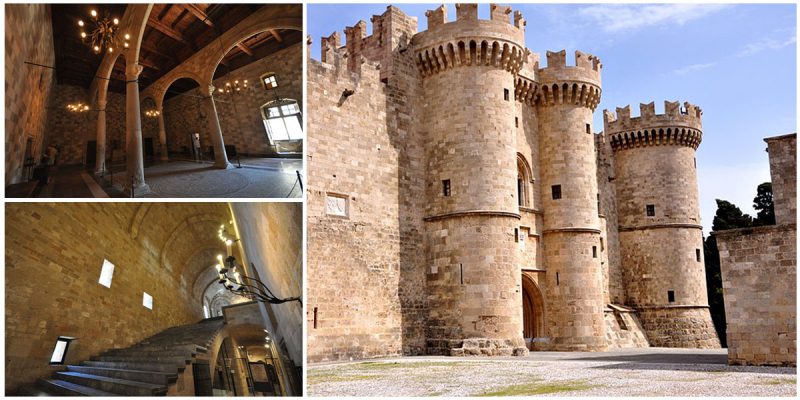Located at the end of the Street of the Knights, at the highest point of the Greek medieval city, the Palace of the Grand Master of the Knights of Rhodes is a 14th-century castle standing on the site of a 7th-century Byzantine fortress. It is a square building designed around a large courtyard with impressive towers, massive walls, and elaborate decorative elements, and it is one of the few examples of Gothic architecture in Greece.
From 1309 to 1522, the Knights of St. John (a.k.a. Knights Hospitaller), a Christian military organization, ruled the island of Rhodes. In the early 14th century, they made numerous modifications and converted the Byzantine citadel into an administrative center and the residence of their Grand Master.
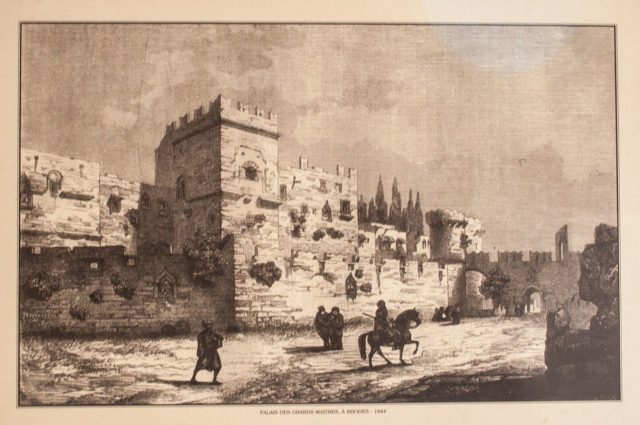
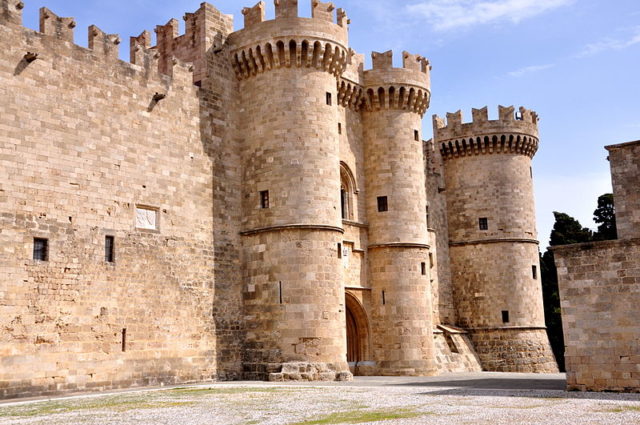
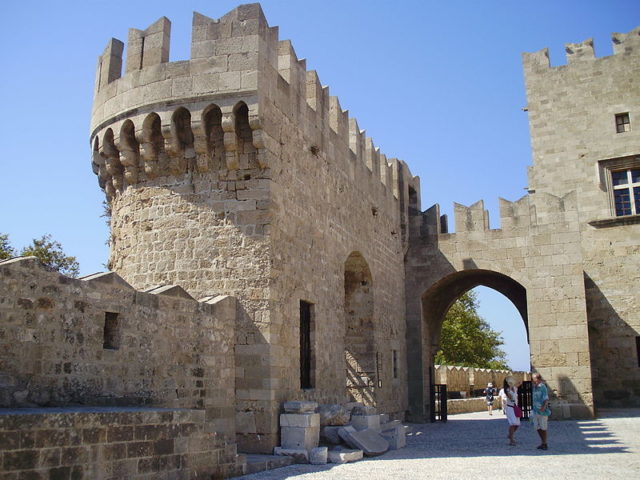
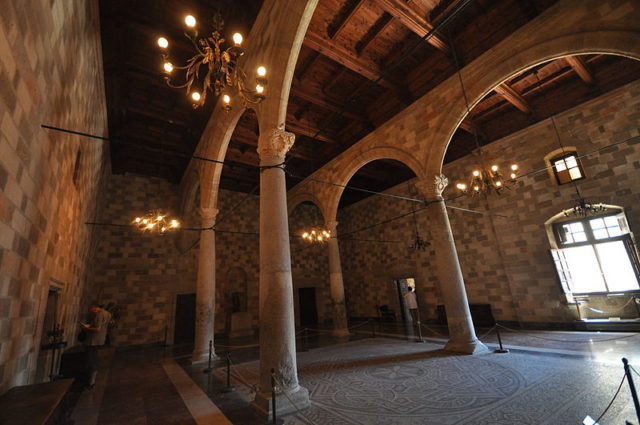
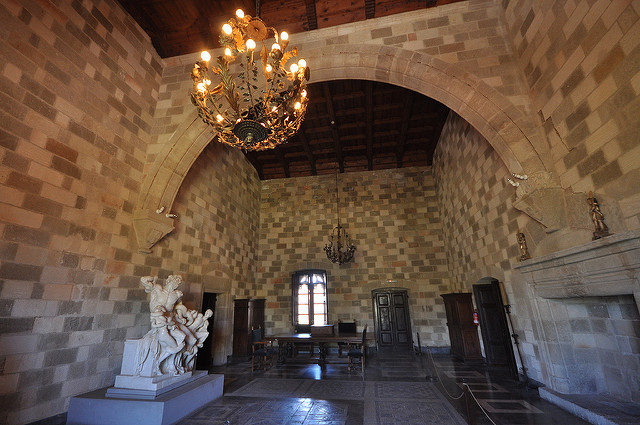
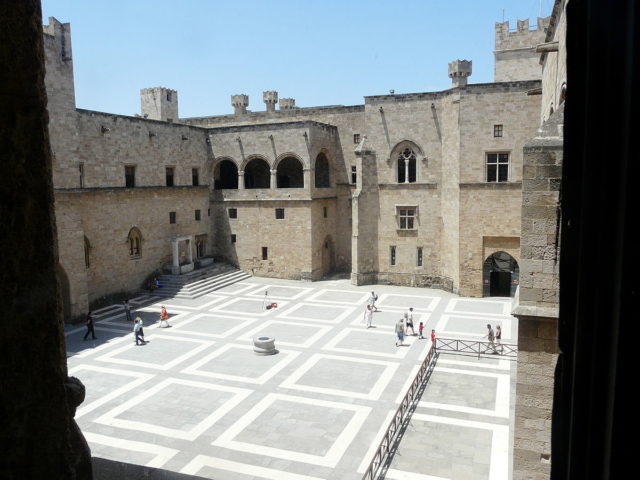
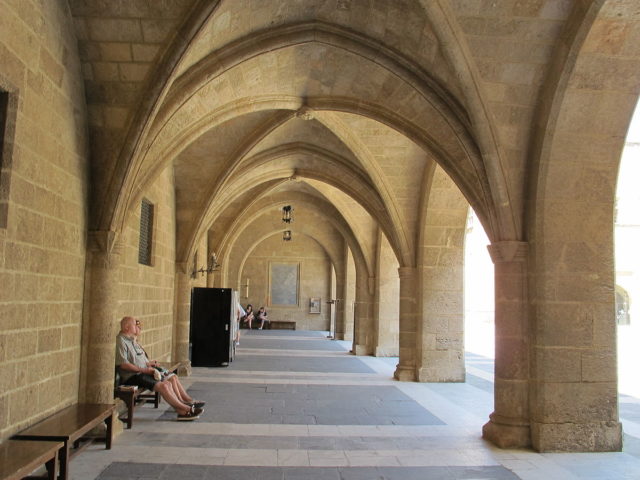
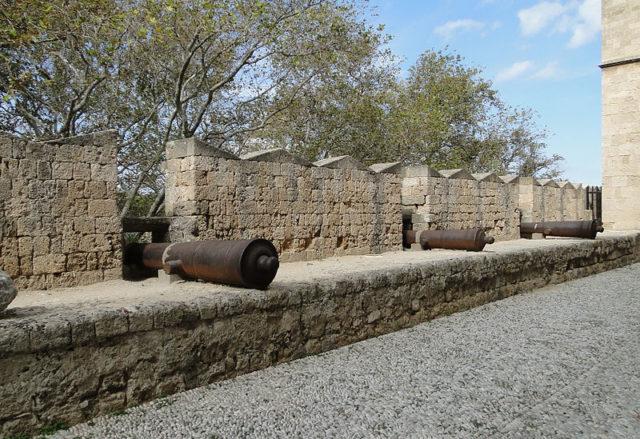
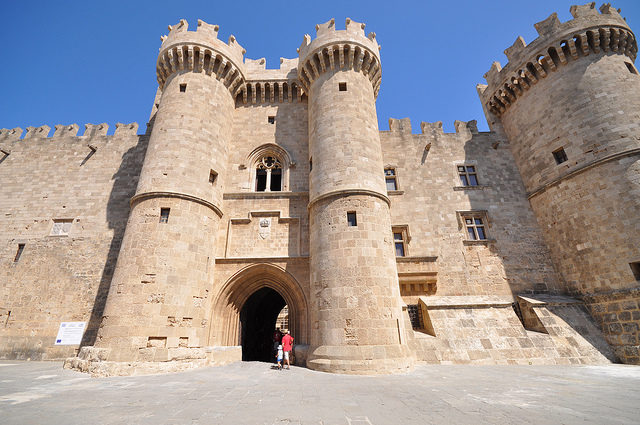
The Ottomans, who captured Rhodes in the 16th century, used the castle as a fortress and a command center. It remained unscathed until 1856 when a gunpowder explosion in the basement of the nearby Church of St. John almost destroyed the palace.
At the beginning of the 20th century, during the Italian occupation of the Dodecanese Islands, the palace saw extensive restoration work. Between 1937 and 1940, the Italian architect Vittorio Mesturino rebuilt it to become a holiday residence for King Victor Emmanuel III, and later for the dictator Benito Mussolini.
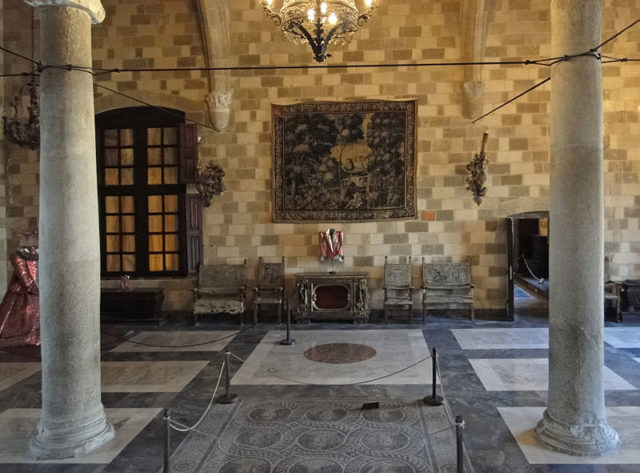
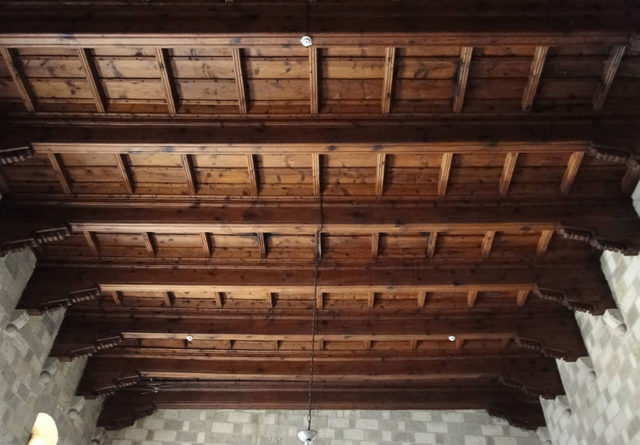
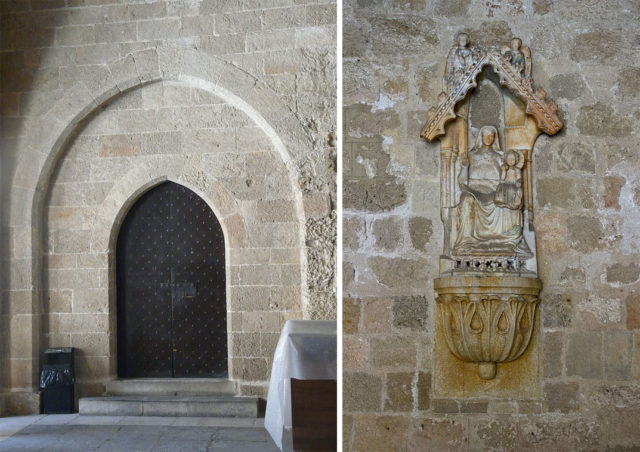
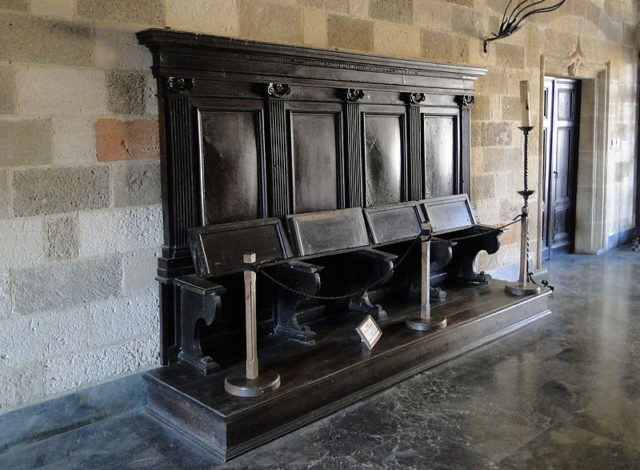
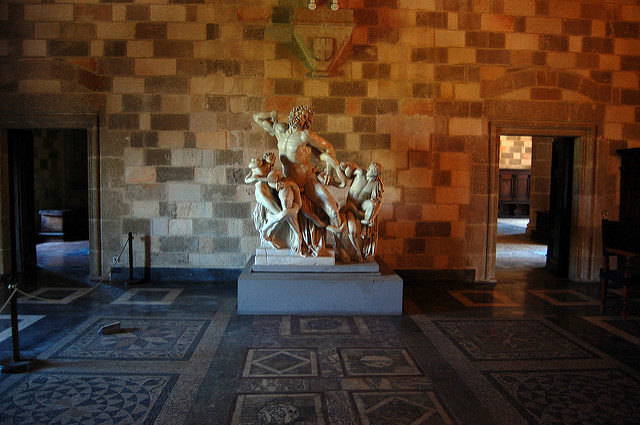
In the 1950s, when Rhodes was unified with Greece, the Greek government turned the palace into a museum. There are over 150 rooms inside, of which only 24 are open to visitors. Many of these rooms feature exhibitions which display the history of Rhodes, as well as a rich collection of 16th and 17th-century jewels, handicrafts, weapons, books, and paintings.
The floors are decorated with mosaics of late Hellenistic, Roman, and early Christian times, excavated on the island of Kos. One of the most famous is the mosaic of Medusa from the 2nd century BC.
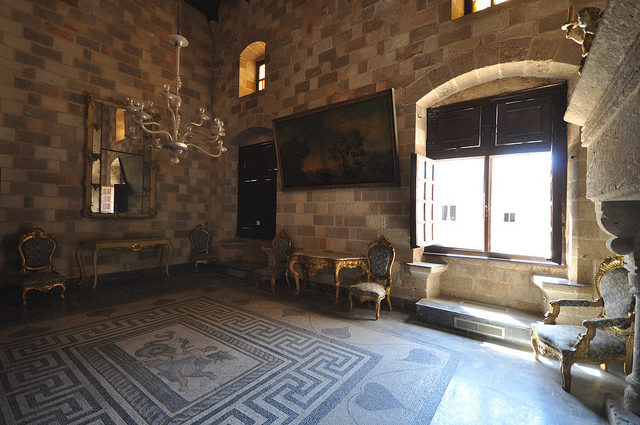
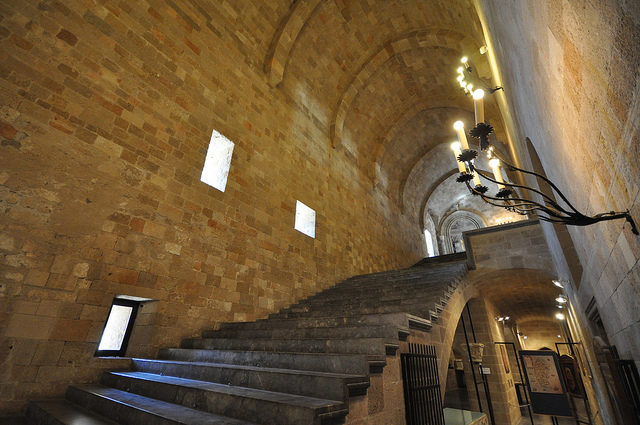
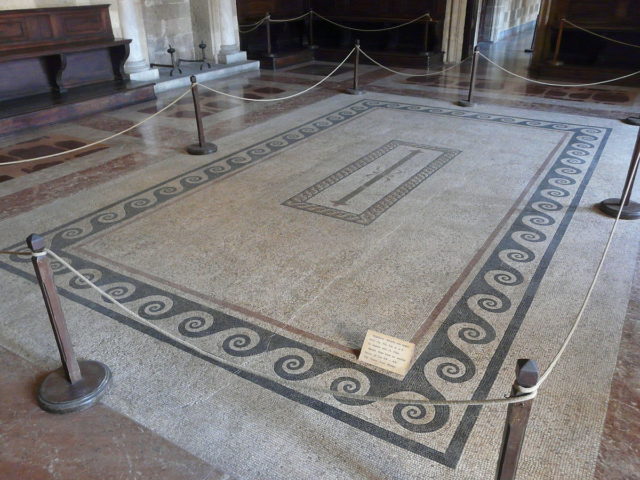
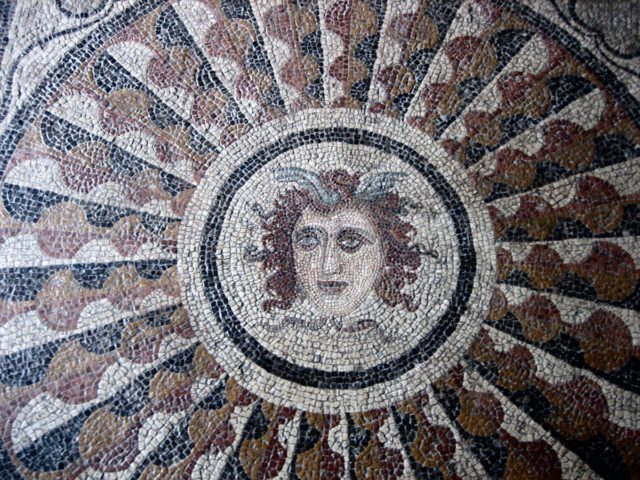
On the ground floor, visitors can tour the Grand Reception Hall and the Music Room.
Read another story from us: Some of the most beautiful & well-preserved Medieval Cities in Europe
There’s a large staircase which leads to the second floor, where various rooms can be found, such as the Hall of the Council and the Knights’ dining hall. Visitors can also glimpse inside the private chambers of the Grand Master, commonly known as Margaritae.
